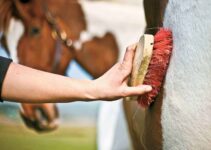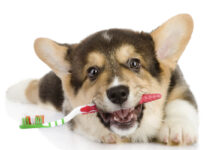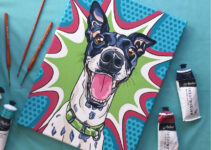In the last few years, a number of doggy diets have begun to gain popularity, and one of the most popular is the raw food diet. This interest in dog food diets all stems from the desire to ensure that your dog is healthy and cared for. Now, like all diets, the raw food diet does have its pros and cons, but is it really healthier for your dog? Read on to find out.
The Raw Diet Explained
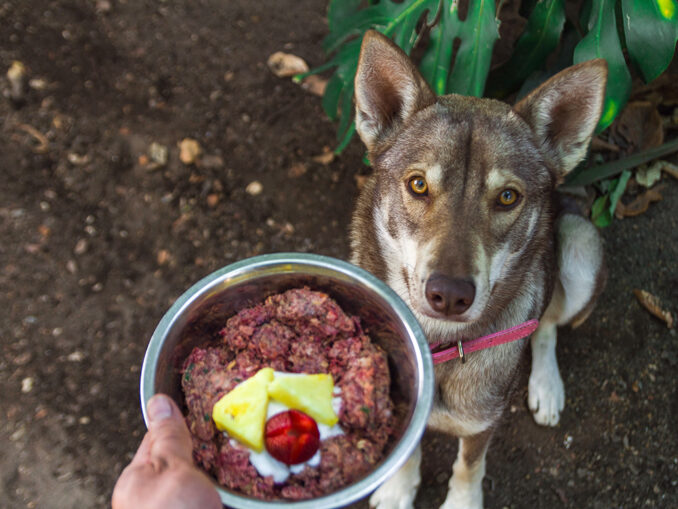
Source:pinterest.com
Realistically, the raw diet should be somewhat self-explanatory; it is a diet that consists exclusively of raw or uncooked foods. Most traditional dog foods are highly processed, and they tend to come in tins, trays, sachets or as kibble. A lot of ingredients within traditional dog foods are not the healthiest. Raw food diets are often created by the individual owner, although you can find freeze-dried options too. The diet itself tends to include fresh meat and organs as well as veg, fruit, grains and even some dairy. Of course, you can find recipes online and helpful resources that outline what your dog can and can’t have, whether that is feeding your dog pears or other fruits and veg, which can be found in resources on Native Pet.
The Benefits Of A Raw Food Diet
Mass-produced, traditional, commercial dog foods are purported to be nutritional as well as offering higher levels of convenience to dog owners, and they tend to be pretty affordable too. With all of these alleged advantages, why would dog owners go to all of the extra effort to transition their dogs onto a raw food diet which arguably requires more work on their part? It often stems from a renewed interest in their dog’s health and what they are putting into their dog’s bodies. There is also a lot of history there to support the idea that a raw food diet is healthier for the dog. In the past, the wild ancestors of your dog would have eaten a raw diet, and it served them well.
Lastly, some dogs also suffer from intolerances, sensitivities and even allergies, all of which could be exacerbated by feeding them a commercial diet where you don’t know all of the ingredients. Choosing a raw food diet simply provides you with more control over your dog’s diet. You choose exactly what they are going to eat; you have more control over the ingredients and their quality or freshness. There has also been some evidence to suggest that a raw food diet has health benefits for your dog, too, although it isn’t necessarily conclusive, and further study would be needed.
Your Dogs Nutritional Requirements
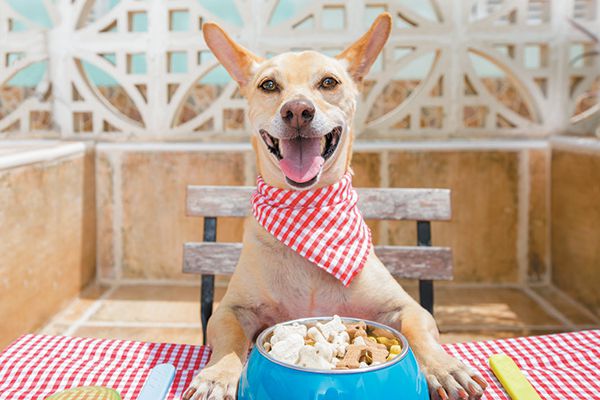
Source: dogster.com
If you are considering feeding your dog a raw food diet, then you will need to have a better understanding of their dietary requirements to ensure that you are meeting them and not unwittingly depriving them. However, the tricky thing is that dogs will have different requirements depending on their age and whether they are pregnant or nursing. This is precisely why you can find a variety of different commercial foods targeted to dogs at a different stages of their life. So, the first thing that you need to do is to consider the age of your dog as well as whether they have any medical conditions that will need to be taken into account.
Nutrition plays a huge role in your dog’s health and well-being, from their internal organs, muscles and bones to their skin and their coat. Therefore, it is incredibly important that you get it right. Dogs have very specific requirements when it comes to their food. They need various different carbs, fibers, vitamins, minerals and, of course, proteins in order to ensure that they are healthy and happy. An improper diet can be detrimental to their health. Dogs are omnivores meaning that they need both meat and plant-based foods. It is important that you do your research when developing your dog’s diet.
Things To Consider
Now, there are also a few things that you should be aware of if you choose to go forward with a raw food diet for your dog. Firstly, there is more of a potential for a nutritional deficit or contamination if you don’t know what you are doing, or the food isn’t prepared properly. Choosing a raw food diet can also be more expensive as you have to buy all of the ingredients separately; you also obviously want to choose the best possible quality, and therefore you are likely to pay more than you would for a bag of kibble or some cans of dog food.
In Summary
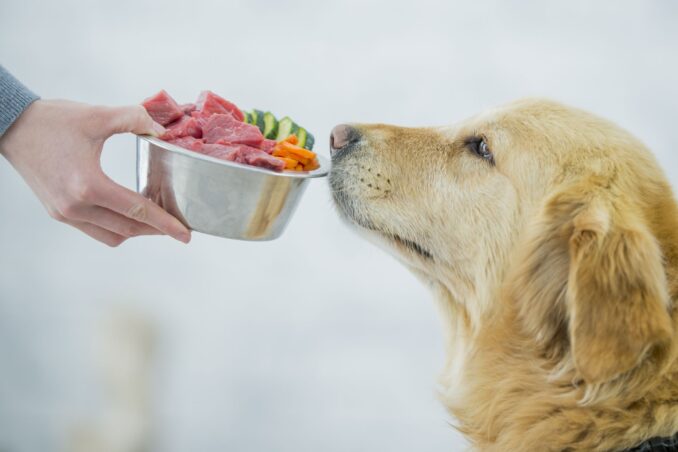
Source: countryliving.com
A raw food diet does allow you, as an owner, to have more control over your dog’s diet and what exactly they are consuming. It does make it easier to avoid allergens or other ingredients that your dog seems to have a sensitivity or an intolerance to. Regardless of what you choose to feed your dog, it is important to ensure that their dietary needs are met in a balanced and healthy way. Research can really help you to develop the best meal plan.



